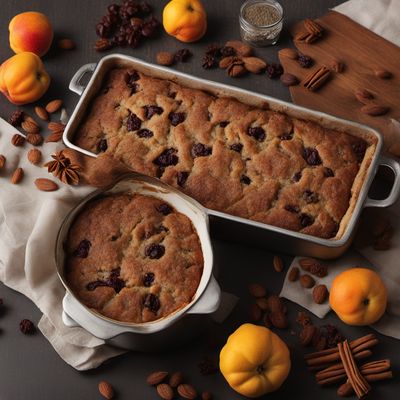
Dish
Miascia
Miascia is made by soaking stale bread in milk and then mixing it with eggs, sugar, and any other desired flavorings such as cinnamon or vanilla. The mixture is then baked in the oven until it is golden brown and set. The pudding can be served warm or cold and is often topped with a dusting of powdered sugar or a drizzle of honey. It is a popular dessert in Tuscany and is often served during the winter months.
Origins and history
Miascia is a traditional Italian dessert that originated in Tuscany. It was often made by farmers who wanted to use up leftover bread. Today, the dessert is still a popular treat in Tuscany and is often served during the winter months.
Dietary considerations
Not suitable for those with lactose intolerance or gluten intolerance.
Variations
There are many variations of Miascia that include different types of bread and flavorings. Some recipes also call for the addition of dried fruits or nuts to give the pudding a richer flavor.
Presentation and garnishing
Miascia is typically presented in a baking dish and garnished with a dusting of powdered sugar or a drizzle of honey.
Tips & Tricks
To ensure that the pudding is moist and flavorful, it is important to use stale bread that has been left out overnight. This will help to ensure that the bread soaks up the milk and other ingredients and becomes soft and tender during baking.
Side-dishes
Miascia is typically served as a dessert and can be enjoyed on its own or with a glass of sweet wine such as Vin Santo or Moscato d'Asti.
Drink pairings
Miascia is typically served as a dessert and can be enjoyed on its own or with a glass of sweet wine such as Vin Santo or Moscato d'Asti.
Delicious Miascia recipes
More dishes from this category... Browse all »

Ageeli
Yemeni cuisine

Agnello pasquale
Italian cuisine

Agnes Bernauer Torte
German cuisine

Amygdalopita
Greek cuisine

Angel Food Cake
American cuisine

Apfelkuchen
German cuisine
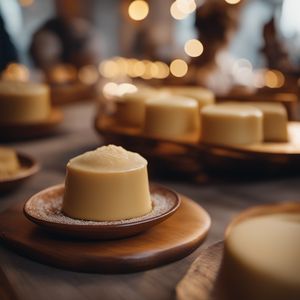
Arnadí
Spanish cuisine

Baked Alaska
American cuisine
More cuisines from this region... Browse all »
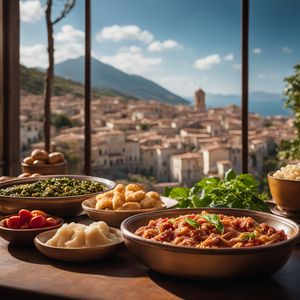
Abruzzese and Molisan cuisine
Savory, Earthy, Rustic, Hearty
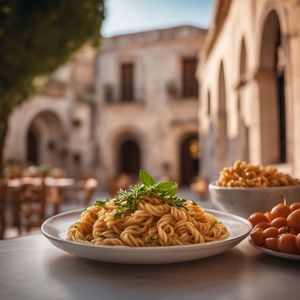
Apulian cuisine
Fresh, Savory, Rustic, Simple
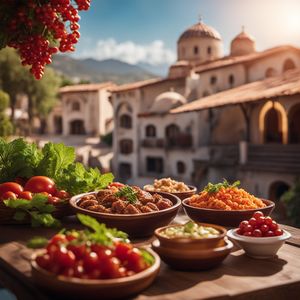
Arbëreshë cuisine
Savory, Tangy, Herbaceous, Spicy

Basilicatan (Lucanian) cuisine
Savory, Earthy, Rustic, Hearty
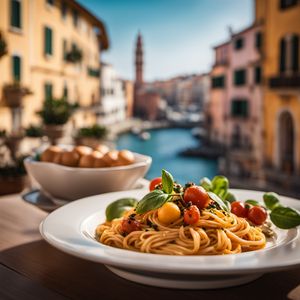
Ligurian cuisine
Light, Delicate, Herbaceous, Salty

Lombard cuisine
Rich, Savory, Meaty, Cheesy
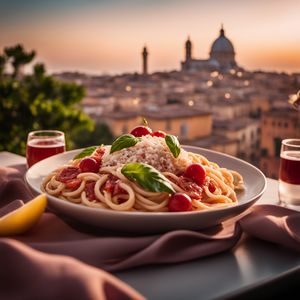
Neapolitan cuisine
Bold, Savory, Spicy, Tangy, Fresh
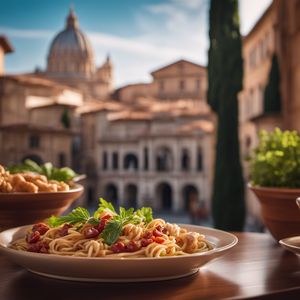
Roman cuisine
Fresh, Light, Herbaceous, Tangy, Savory
